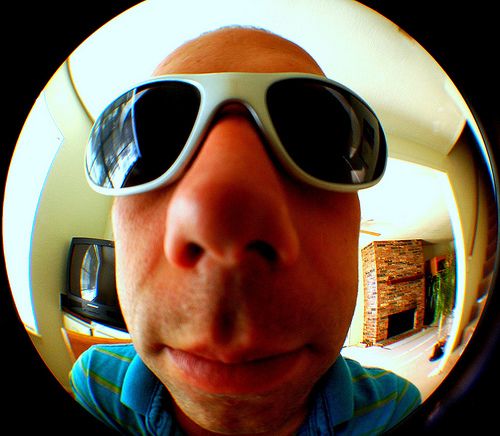When it comes to animal training there is a misunderstanding between consistency and predictability. But when it comes to day-to-day practices, what is better–routine or variety?
People tend to be set on patterns of behavior and pets can pick up on that quickly.
Patterns can be contributors to the escalation of issues in a number of pet dog behavior problems such as separation anxiety, or inappropriate behavior around feeding time such as excessive barking, pacing, pawing, or jumping.
In wild animal behavior management, the stereotypic behaviors exhibited prior to lock up or feeding are exhibited by pacing and other behaviors.
This illustrates on how routine can inadvertently reinforce these behaviors in a professional environment but it happens just as often in pet households.
As an animal trainer, I haven’t been a fan of routines in training per se.
I believe that providing a dynamic, diverse repertoire of behaviors and stimulation in the environment is the best.
Variety is the key to keeping an animal in sound mind and body.
However, this is a challenge because it requires attention to detail and constant diligence versus maintaining a routine that you don’t have to think about.
Fairly early in my career I had the challenge of working an animal with a training partner who was super predictable. He spent little time with the animal outside training sessions or show performances.
Pet owners might relate to this because within a family, some people are more involved with the animal than others. Plus, each has a different relationship and training aptitude and that influences how (and if) the pet responds.
Anyway, part of my model for working an animal is to build a solid relationship with him or her outside of the working environment of training sessions or shows–and not related to food or primary care.
So, the advantage was that I got to know this animal very well. I also worked hard to keep her focused and challenged. All animals need this but captive marine mammals especially do.
During my show performances I strived to never ask for the same behaviors in the same sequence. She had to pay close attention to both my verbal cues and subtle physical cues.
However, when working with my partner, she could do the whole show with or without him since he asked for the same sequence of behaviors each and every time.
This proved to be a hurdle after my vacation time. When I returned, she was on autopilot and habituated to performing a chain of behaviors instead of paying attention to my subtle cues and responding correctly to them.
The underlying problem was that if she got bored and had too much time to let her mind wander–she had the propensity to get into trouble.
When I first began working with her, she was highly reactive and known for bolting out of show performances if she got spooked.
By keeping her focused and challenged, she was no longer as reactionary and so became more stable.
This is what you want from an animal–stability.
Also, because I worked hard to build a rapport outside of the food reward system she had been used to, she trusted me.
This is important, and while some would argue that animals don’t differentiate, I think that is a bunch of hooey.
Animals discern differences.
They can develop preferences for one trainer over another just as they develop food preferences or preferences within their animal social circles.
Anyway, in stress situations, animals often fail to accept traditional reinforcers and so the relationship can give the trainer an edge in being able to keep the animal (or others) safe.
Of course there are also situations when this might work against you since there are exceptions to every rule.
But ultimately, I believe variety is the best practice over routine.
Yes, it takes more work but in the long run everyone benefits.
Are there exceptions? Sometimes.
For instance, I’ve found that hyper-sensitive + hyper-reactive animals do best with smaller incremental changes when learning new behaviors during training.
Knowing what to expect gives them a sense of security.
A couple of animals come to mind right way as exceptions. One was an elephant that needed more routine in her day-to-day activities. The other was a dog housed at a training kennel–who nipped and bit.
The elephant was known to bolt when spooked–and since she often had riders aboard her back, this was not a good thing! She was retired into a zoo situation where she could chose to participate or decline performing.
As for the dog, she was perfect if on leash and if she knew what was expected.
However, if she was off leash and insecure about her environment, or what was expected, she was highly reactionary and likely to bite.
In the canine situation, the routine and cue (leash) helped keep her stable. She knew what was expected on the leash and the situational instability disappeared when she was connected. I suspect poor genetics was behind some of the issue.
Okay, so now you know that I feel that variety is better in training.
What have you found? Does this make sense or what has your experience revealed to you on this topic?
Leave your notes in the comments or, if they are closed, chime in over in my Facebook community.
Photo Credit: Sans Pareille



